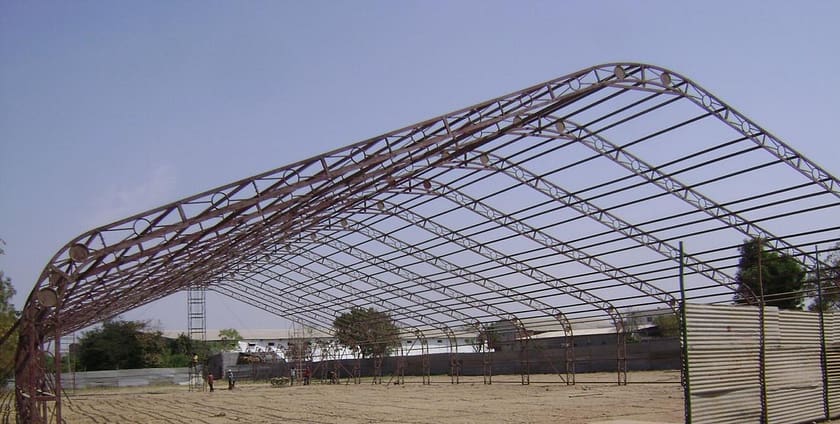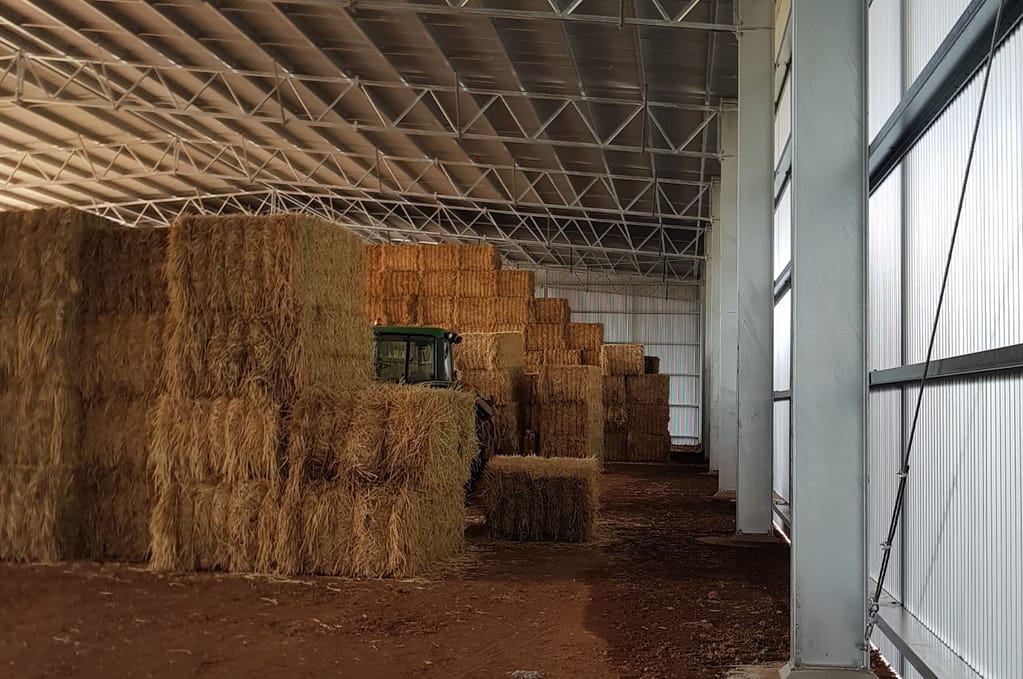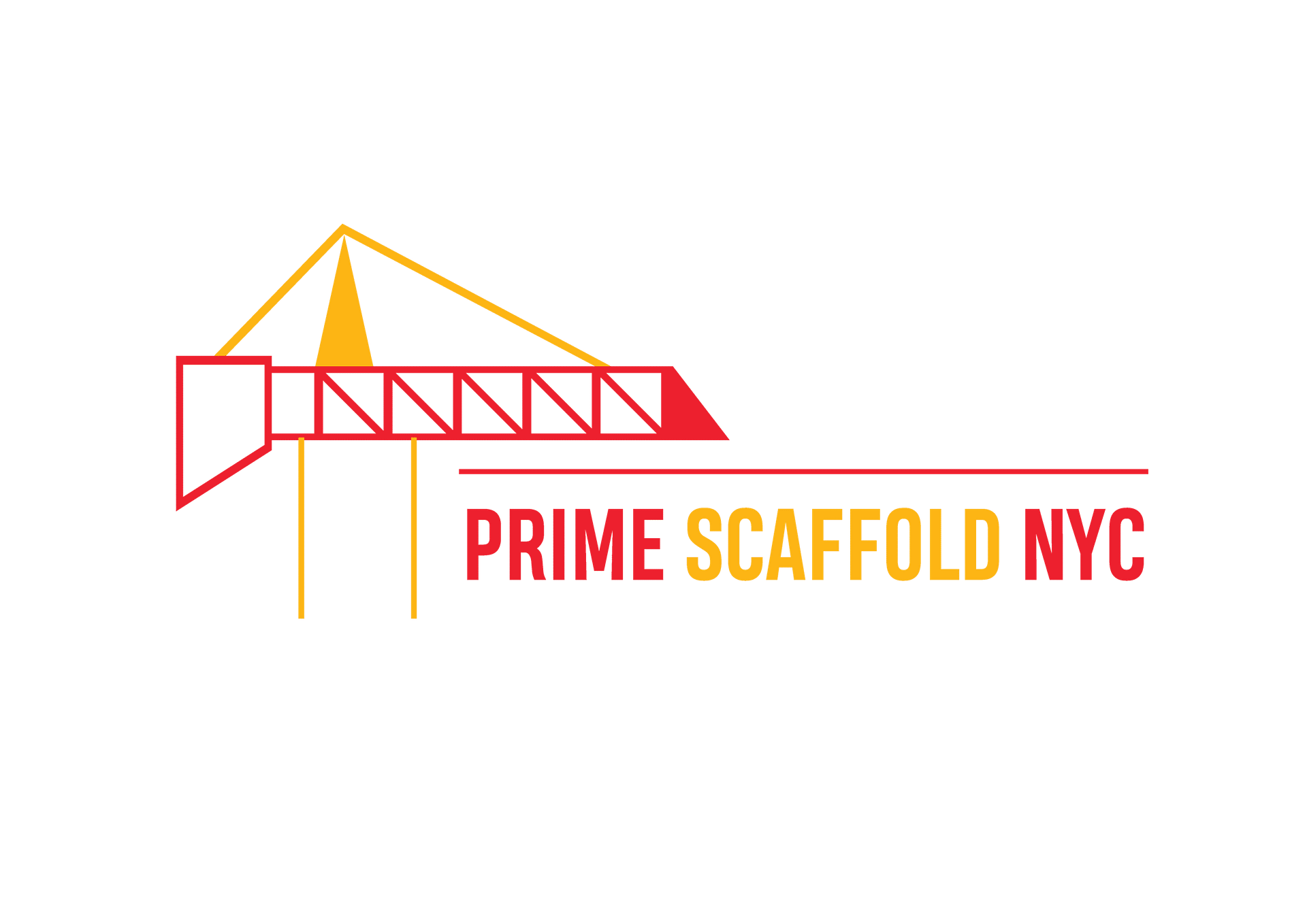
Scaffold Rental New York are essential structures in various industries, providing shelter and protection to materials, equipment, and workers. Maintaining optimal conditions within these spaces-particularly with regards to moisture control is of utmost importance to avoid corrosion, mold growth, and other harmful consequences of moisture build-up in Rental structures. Effective drying methods by Scaffolding contractors play a pivotal role in maintaining their integrity as well as creating safe working environments. In this comprehensive guide, we explore techniques, equipment, and best practices that are essential in drying a Scaffolding Sheds effectively.
Moisture Content of Scaffold Rental New York
Before exploring drying methods for Rental Scaffolding Sheds, it’s essential to fully comprehend their sources and implications of moisture accumulation. Moisture can enter these spaces through various channels including rainwater infiltration, condensation, or humidity from outside sources; when this moisture builds up within it creates an environment conducive to corrosion leading to structural degradation as well as safety risks for workers storing materials onsite and high moisture levels can promote mold growth posing health threats threatening workers as well as undermining materials themselves.
Factors Affecting Drying Efficiency
There are various factors which determine the efficiency of drying methods used in Scaffold Rental New York:
Ventilation:
Proper ventilation is critical in maintaining airflow and extracting excess moisture, but improper air circulation or ventilation could sabotage drying efforts and further worsen moisture issues.
Temperature:
Raising the temperature accelerates the evaporation process and hastens drying times; however, extreme temperatures can compromise certain drying techniques or equipment and affect their effectiveness.
Humidity Levels:
Lower humidity levels encourage faster drying times while higher humidities longer in the process. Maintaining and monitoring humidity within your shed to achieve the most successful drying outcomes is of crucial importance for optimal drying outcomes.
Surface Area:
The size and area of Scaffold Rental New York components and surrounding materials has an effect on how quickly and thoroughly they should dry, with larger areas necessitating more comprehensive methods of drying.

Effective Drying Methods
Natural Ventilation:
Use existing openings such as doors, windows, and vents to allow fresh air into the shed. Position it in an area with ample airflow for natural ventilation; regularly clear ventilation openings of debris in order to promote airflow without obstruction and increase natural ventilation.
Dehumidify:
Use industrial-grade dehumidifiers to remove moisture from the air within your shed. To achieve maximum drying power, ensure proper placement and sizing according to its size and layout. Monitor humidity levels carefully while making necessary changes as required to create ideal conditions in this space. And finally:
Heating:
Employ portable heaters or radiant heating systems to boost temperature within the shed and encourage faster evaporation of moisture, thus speeding up drying efficiency and adhering to safety compliance. Monitor temperature levels regularly to prevent overheating or any safety violations and ensure compliance. Combine heating with ventilation for enhanced drying performance.
Desiccant Dehumidification:
Deploy desiccant dehumidifiers that utilize hygroscopic materials to absorb humidity from the air. Ideal for environments with low temperatures or high humidity levels where traditional refrigeration-based dehumidifiers may not provide as effective results, desiccant models offer effective dehumidification solutions.
Regularly replace or regenerate desiccant materials to maintain optimal dehumidification performance.
Air Circulation:
Use high-volume fans/air movers for optimal air circulation and rapid moisture evaporation.
Establish uniform airflow across the entire shed using strategically placed fans, targeting areas prone to moisture accumulation with direct airflow and using other drying methods for maximum effectiveness.
Absorbent Materials:
Located strategically, absorbent materials can absorb excess moisture. Place absorbent materials like silica gel packets or moisture-absorbing pellets near Scaffold Rental New York components or areas prone to moisture buildup, to maximize moisture absorption capacity and regular renewal or regeneration of absorbents.
Integrate absorbent materials with other drying techniques for comprehensive moisture control.
Insulation:
Enhancing insulation within your shed to minimize temperature variations and decrease condensation formation can drastically decrease condensation formation and minimize the costs associated with it. Install vapor barriers or insulation materials to stop moisture from entering from external sources and seal any gaps or leaks in the structure to increase insulation effectiveness. Here is some more guidance for effectively drying a shed:
The Best Practices for Effective Drying of Sheds
Regular Maintenance:
Establish a routine maintenance schedule to look out for signs of moisture accumulation, corrosion, or mold growth in the shed.
Monitoring:
Utilize humidity meters or moisture meters as monitoring devices to accurately track humidity levels and moisture content inside of it.
Prompt Action:
Address moisture problems immediately to stop further escalation and mitigate potential damage to scaffold components and stored materials.
Training:
Provide training on appropriate drying techniques, equipment operation protocols, and safety policies to personnel.
Documentation:
Documenting drying activities is key to informing ongoing maintenance and improvement efforts, with dates, methods employed, and results being kept as detailed records to assist future efforts at maintenance or improvement.
Conclusion
Thoroughly drying Scaffold Rental New York spaces is essential to maintaining structural integrity, avoiding corrosion, and creating a safe working environment. By understanding moisture’s sources and impacts as well as using appropriate drying methods and adhering to best practices for its management, organizations can minimize moisture-related risks while increasing the lifespans of their scaffold structures. Prioritizing moisture control strategies like natural ventilation, dehumidification or heating techniques is vital to maximize shed performance with PRIME SCAFFOLD NYC while keeping workers safe.
- By: admin
- Tags: PRIME SCAFFOLD NYC, scaffolding nyc, scaffolding rental, Scaffolding Services, scaffolding shed
- 0 comment

Leave a Reply